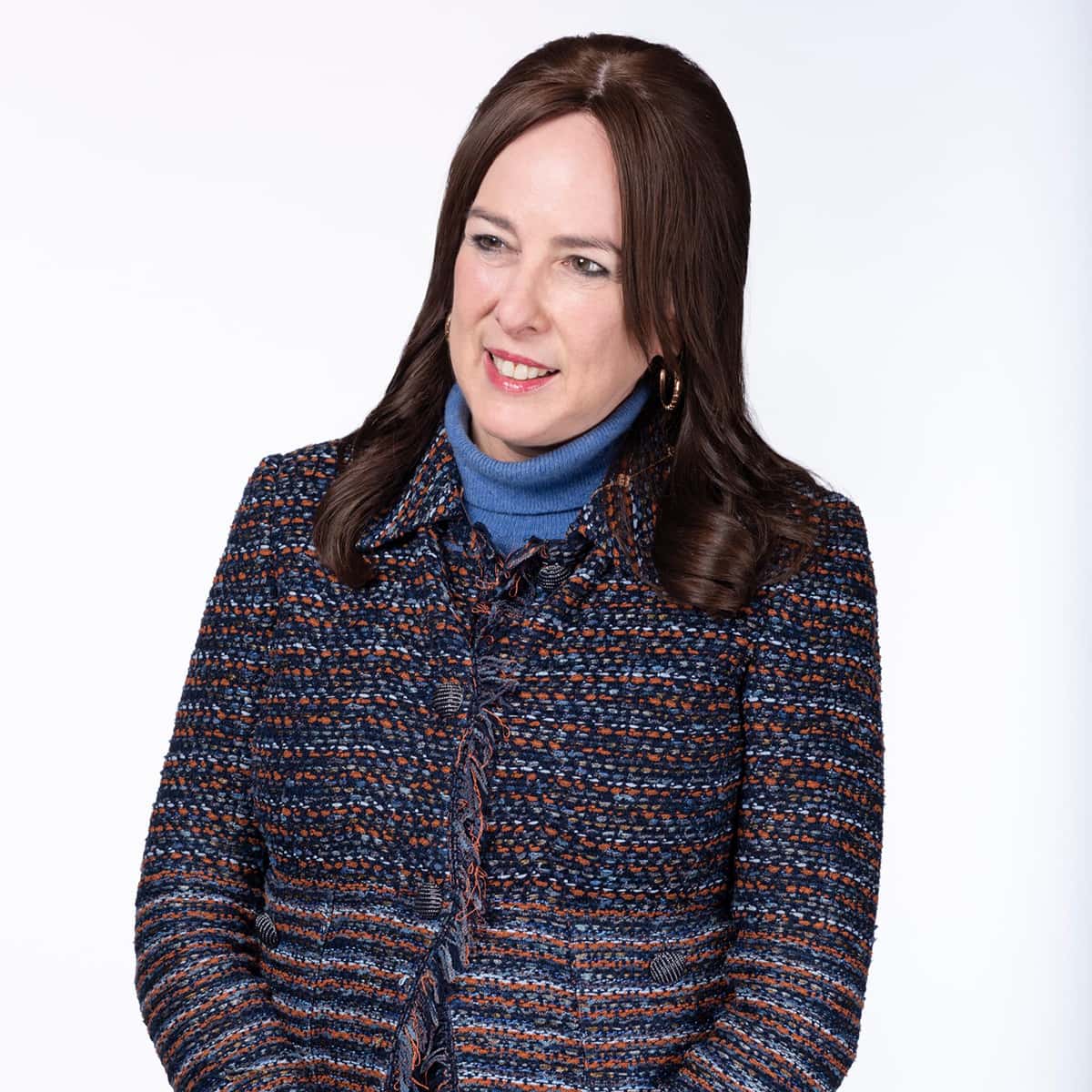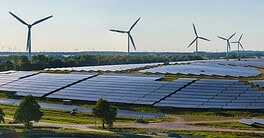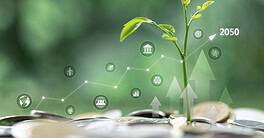Cindy Levy, senior partner at McKinsey & Co., speaks to Global Finance about the reality of net-zero plans and true sustainable finance.
Global Finance: You’re coordinating McKinsey’s presence in sustainable finance, and you led the firm’s delegation to COP28. What should we be looking for in sustainable finance in 2024?
Cindy Levy: I would put four things on that list. First: will be capital mobilized in the banking system on the back of three years of work on net-zero plans. Those plans are mostly finished now, and the big global banks—European, Asian, and some in the US—are moving forward.
So, will we now see big announcements of redeployment—e.g., “I’m taking my X billion out of cement, steel, and moving it into new sectors that are more green finance oriented”? My hopeful answer is you will start to see some of that, with transition finance becoming more of an asset class in the banks.
GF: No. 2 on your list?
Levy: I’m going to call it Alterra [the $30 billion investment fund established at COP28 for global climate solutions] versus multilateral development banks. The MDBs have been critical to climate finance to date, but it’s no secret that their track record of “crowding in” private capital on the back of their climate instruments has been disappointing. So, will Alterra scale or be replicated around the world as the new way that this gets done?
GF: What else?
Levy: The third development is serious financing of industrial decarbonization, of many flavors. If you take what was announced on methane at COP28 [oil companies pledging to reach near-zero methane emissions in their operations by 2030], this represents a huge decarbonization opportunity for oil and gas, and for the world. It has to be financed.
GF: And how will that be done?
Levy: [Some] very rich oil and gas companies can finance it and will prioritize it. But a lot of national oil companies that need to invest billions in methane abatement will have to do it out of fiscal budgets that are competing with school systems, health systems. There are financing mechanisms being created now to incentivize that decarbonization.
Power plants will be able to use transition credits to retire their coal plants early, replacing them with high-integrity alternative green energy sources, for instance. There are 5,500 power plants in Asia that have an average life of 14 years. If those don’t retire early, we’ve already missed net zero.
GF: Your fourth trend to watch?
Levy: My last one is carbon markets. We absolutely need high-integrity carbon markets as a global mechanism that allows capital to flow into decarbonization, and especially into the global south. This year is the moment of truth.
GF: What are the time horizons for all this?
Levy: Some of these are here and now. If you’re building infrastructure, it could be three to five years.
GF: Banks are starting to move on their own commitments now. Do they get more capital for a high-emission cement company somewhere in Asia? Will banks lean into that?
Levy: With Alterra, you will see innovation this year. Are they going to take [private equity partners] Blackrock and TPG or Brookfield where they have never been before? With Alterra they can do longer durations, with different nations, different technologies because they now have the risk mitigation.
As for voluntary carbon markets, it’s hard to tell. We’ve been working very hard on these markets. We’re halfway there now. We’ve had a number of standards that are a step up—adding credibility, integrity to these markets. But then you have setbacks.
GF: Do you foresee more private dollars for sustainable finance globally in 2024?
Levy: We see revenue from sustainable finance as one of the biggest growth opportunities for global banks. How does it play out? If I’m a real estate bank—a commercial real estate lender—I want to lead on retrofits. If I am a power sector bank, I need to lead on renewables. And if I am a heavy-emissions sector bank, I want to lead on decarbonization. Given what just happened at COP28, I want to go out to every one of the oil and gas companies and speak to them about their methane emissions.




